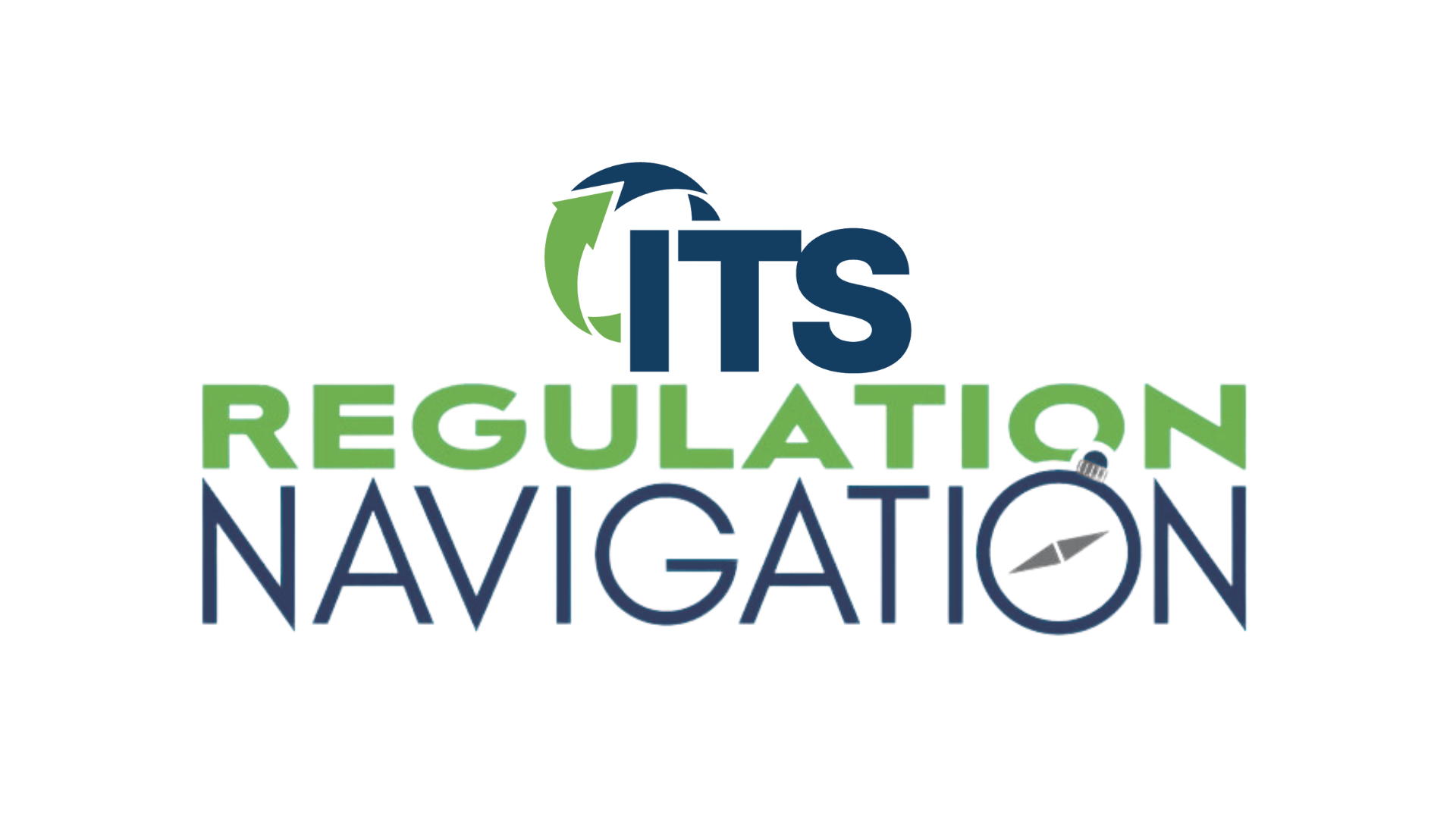Regulation Navigation Webinar
Register now to save your spot for the next live webinar on Wednesday, March 4, 2026.

Accessibility Tools
Register now to save your spot for the next live webinar on Wednesday, March 4, 2026.

Regulation Navigation is our highly-informative and topical webinar series, developed and presented by top OQ industry experts. Attend this quarterly series to learn actionable insights about upcoming regulatory changes, industry news, and OQ best practices.
See below for prior webinars recaps and videos and sign up to our newsletter to be notified of upcoming ones.

Top 5 Takeaways:
Top 5 Takeaways:
Top 5 Takeaways:
Top 5 Takeaways:
Top 5 Takeaways:
Top 5 Takeaways:
May 15, 2024
Top 5 Takeaways:
We use cookies to improve your experience on our site. By using our site, you consent to cookies.
Websites store cookies to enhance functionality and personalise your experience. You can manage your preferences, but blocking some cookies may impact site performance and services.
Essential cookies enable basic functions and are necessary for the proper function of the website.
These cookies are needed for adding comments on this website.
Statistics cookies collect information anonymously. This information helps us understand how visitors use our website.
Marketing cookies are used to follow visitors to websites. The intention is to show ads that are relevant and engaging to the individual user.